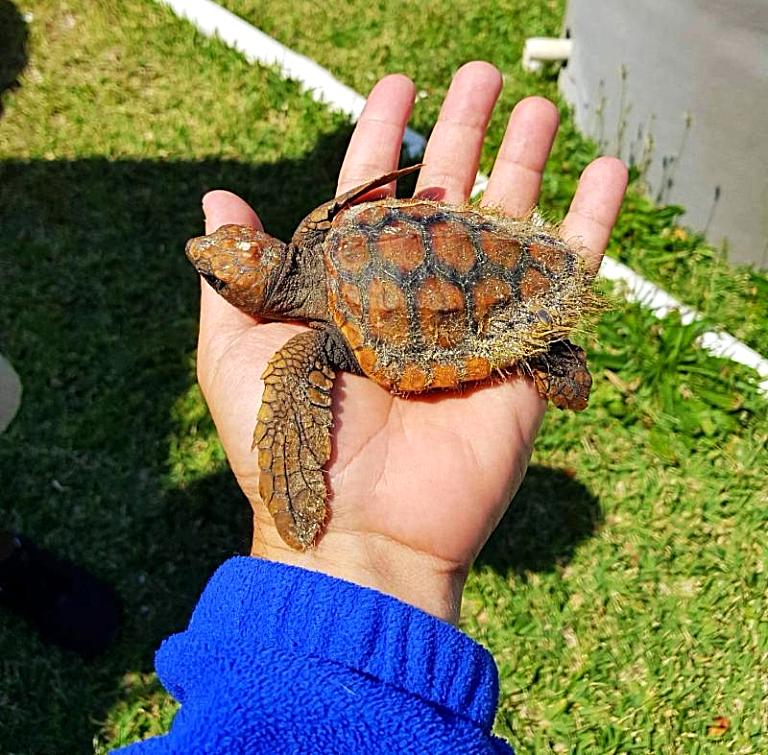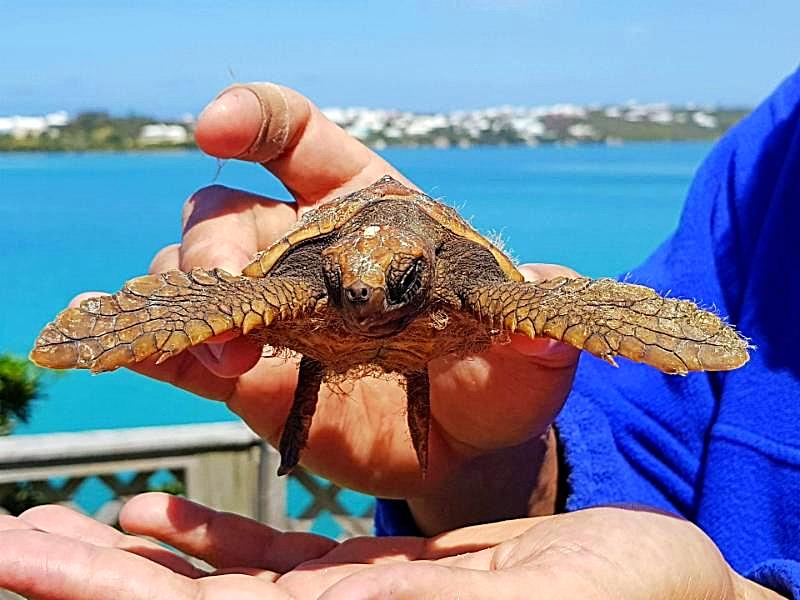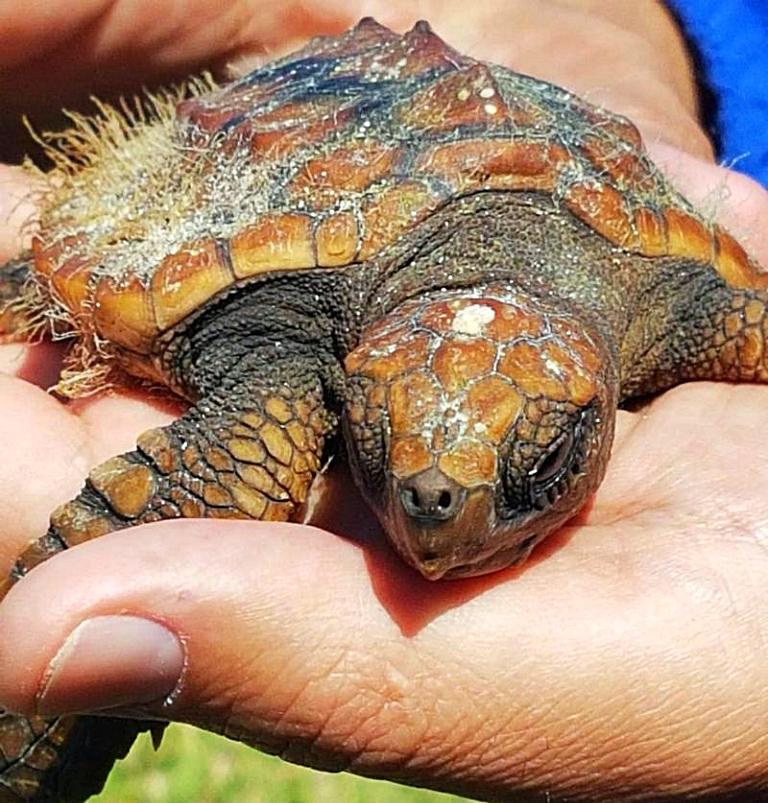Recent News
Exploring dolphin secretsThursday, January 26, 2017
A ground-breaking study of Bermuda’s wild bottlenose dolphins has revealed a rare insight into their secretive lives at sea.
Ten Videos: Trailers Of Ocean Vet TV Series
Tuesday, December 27, 2016
The Ocean Vet TV series – which highlights Bermuda’s marine life and features the late Dr Neil Burnie - has been released on Vimeo On Demand, giving viewers the ability to rent or purchase the series, in full or via individual episodes, with the series able to be streamed online or downloaded for later viewing on any device.
Non-profits receive $10k donation
Friday, December 16, 2016
Reinsurance company Global Indemnity Re has donated $100,000 to ten local charities and non-profit organisations.
A window into an underwater world
Wednesday, December 14, 2016
Bermuda and its marine species are to be thrust on to the global stage as the long awaited Ocean Vet TV series launches on demand.
Ocean Vet Now Available For Online Viewing
Wednesday, December 14, 2016
[Updated with video] The Ocean Vet TV series – which highlights Bermuda’s marine life and features the late Dr Neil Burnie - has been released on Vimeo On Demand, giving viewers the ability to rent or purchase the series, in full or via individual episodes, online.
About
GovernanceAbout Us
Newsletter
Latest News
Gift & Bookstore
Contact
General Inquiries
info@bzs.bm
Latest News
All the latest updates and news from the Bermuda Aquarium, Museum, and Zoo, one of Bermuda's leading visitor attractions!
Excerpt from WILD News May 2018

This is Sheldon, a juvenile loggerhead turtle. Between December and March juvenile sea turtles (loggerheads, hawksbills and green sea turtles) will be swept up past Bermuda as they drift with their transient home of Sargassum. Sargassum is brown algae found in the Atlantic Ocean that forms dense floating masses called rafts which provide shelter, transport and food for many organisms. During this stage of their life (post hatchling), turtles are carried around with the currents. The Sargassum provides food such shrimp, tiny crabs and fish. Sea turtles eat whatever floats by and this often gets them into trouble. The Sargasso Sea is located in the North Atlantic Gyre and collects lots of microplastics. Sea turtles are not picky eaters and may eat the plastics This can cause an impaction of their digestive tract which can be life-threatening.


As they pass by Bermuda, they may be washed ashore by a winter storm or get picked up by birds that later drop them. As a result, these little critters can end up on one of our beaches or dropped amongst the rocks. The Wildlife Rehabilitation Department at BAMZ sees one or two post hatchling sea turtles a year. These post hatchlings are three to four inches in length and tend to be thin and exhausted from their journey. Because of their tiny size, they may have sustained injuries from predator attacks. We monitor them and give them time to rest and regain strength. Any injuries are treated and an appropriate amount of time is given to heal. We wait until the water warms up and we see large rafts of Sargassum returning offshore (May or June) before releasing them. By this time they have grown six to eight inches long. The release is done offshore so they can pick up the currents under a Sargassum raft and continue on their ocean journey. They will return to Bermuda again in 3-4 years as they move from their pelagic lifestyle to the reef shelf.

The current juvenile loggerhead was found on the beach at Willowbank on March 30, 2018. It appears healthy and is gaining weight. We hope to get it back out to the big blue in the near future. Note the tank it is currently in is actually the perfect spot for it at the moment. It would normally be in the open ocean all day in a vast sea of blue, and only given shelter by a Sargassum raft. The blue background is exactly what it would be seeing in the wild. Also, we can't tell the sex of the turtle at this age without a blood sample, so the sex remains unknown.



